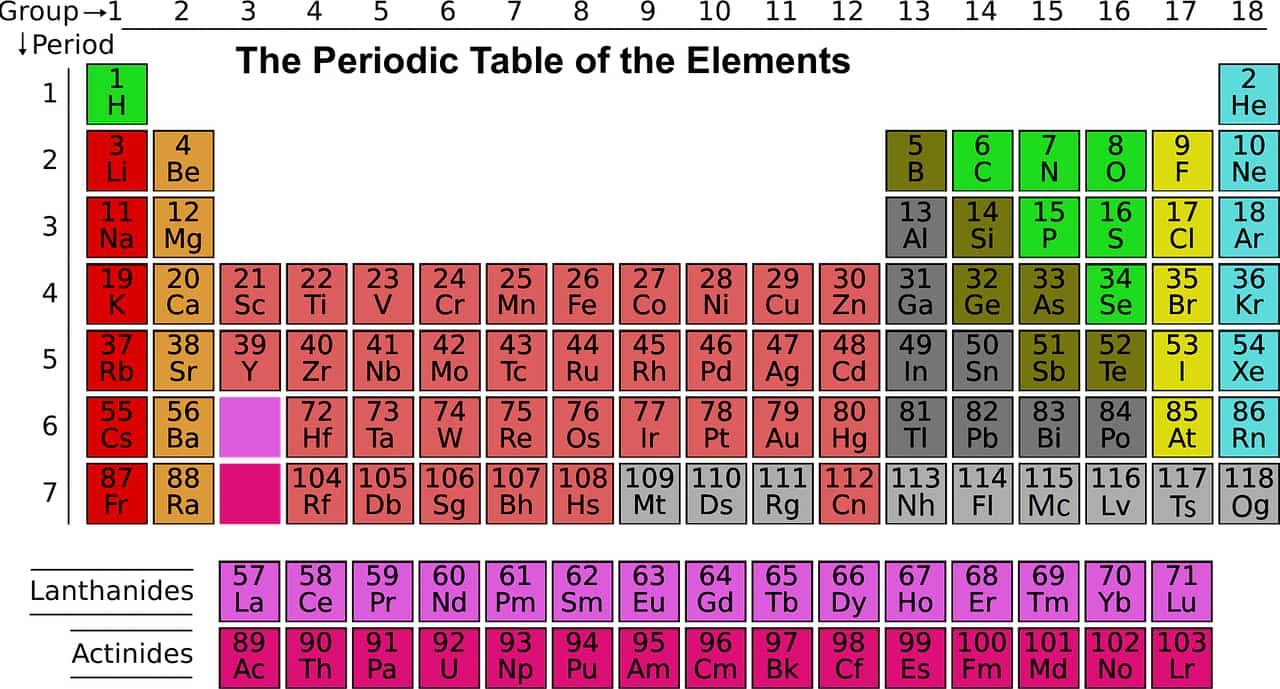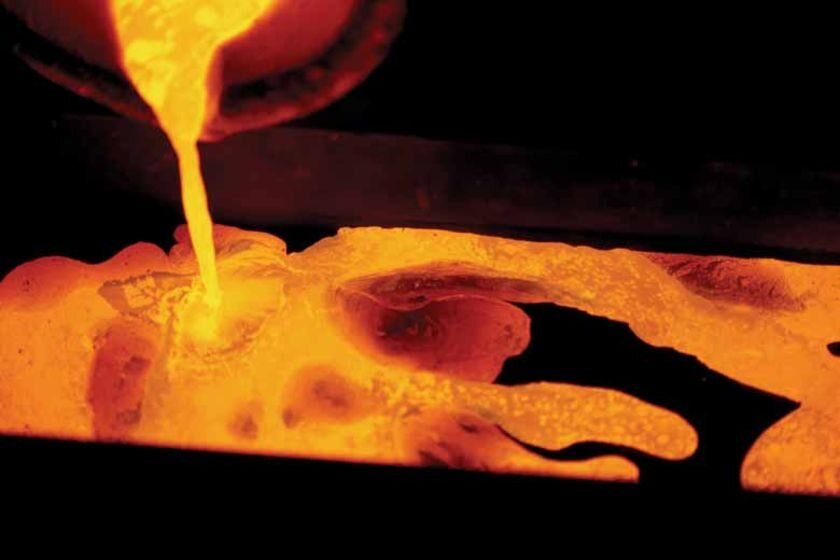Nitrogen: Properties, Uses, and Environmental Impact
Nitrogen is a chemical element with the atomic number 7 and the symbol N, derived from the Latin word nitrogenium. It is a colorless, odorless, tasteless gas that makes up approximately 78% of the Earth’s atmosphere in the form of dinitrogen (N₂).
Where Nitrogen Is Found
In nature, “N” is not found in elemental form in the Earth’s crust but is abundant in the atmosphere. Its solid presence is mostly in the form of nitrate minerals, such as:
Potassium nitrate (KNO₃) – known as saltpeter, used historically in gunpowder.
Sodium nitrate (NaNO₃) – or Chile saltpeter, used in fertilizers.
Nitrogen Uses Across Industries
Its versatility makes it essential in various fields. Here are the main applications:
1. Agriculture
“N” is the backbone of industrial fertilizers in the form of ammonium nitrate, urea, or ammonium sulfate. However, overuse can lead to soil acidification and water pollution (eutrophication).
2. Food Industry
Used for:
Modified atmosphere packaging (MAP) to preserve freshness.
Freezing and chilling through liquid “N”.
Inerting to prevent oxidation in food products.
3. Medical & Laboratory Use
Cryotherapy and cryopreservation (biological samples).
Used in respiratory function tests and analytical chemistry as a carrier gas.
4. Electronics & Semiconductor Manufacturing
Prevents oxidation during soldering.
Provides inert environments for sensitive processes.
5. Automotive & Aerospace
Fills tires for aircraft and race cars (more pressure stability).
Used in laser cutting, heat treatment, and gas-assisted injection molding.
6. Oil & Gas
Inerting pipelines, pressure testing, leak detection, and well stimulation.
Environmental and Health Concerns
1. Pollution
Excess nitrogen (especially nitrates) can:
Lead to eutrophication, a condition where water bodies become nutrient-rich, causing algal blooms.
Acidify soils, harming long-term agricultural productivity.
Contaminate groundwater, affecting drinking water safety.
2. Nitrogen Oxides (NOx)
Generated from high-temperature combustion (e.g., cars), these gases:
Contribute to air pollution and smog.
Are toxic to the respiratory system.
Act as greenhouse gases, contributing to climate change.
In the Periodic Table
| Property | Value |
|---|---|
| Symbol | N |
| Atomic Number | 7 |
| Group | 15 (Pnictogens) |
| Period | 2 |
| Block | p-block |
| Electronegativity | 3.04 |
| Stable Isotopes | ¹⁴N (99.64%), ¹⁵N (0.36%) |
| State at STP | Gas |
| Boiling Point | -195.8°C |
| Melting Point | -209.9°C |
Key Isotopes
| Isotope | Abundance | Stability | Application |
|---|---|---|---|
| ¹⁴N | 99.64% | Stable | Natural nitrogen cycle |
| ¹⁵N | 0.36% | Stable | Isotopic tracing in ecology |
| ¹³N | Synthetic | 10 minutes | PET scans in medical imaging |
The Cycle: Nature’s Recycling System
It goes through a continuous transformation between the atmosphere, soil, water, and living organisms:
Nitrogen fixation (by bacteria or lightning)
Nitrification
Assimilation (into plants/animals)
Ammonification
Denitrification (returning nitrogen to the atmosphere)
This cycle is essential for life but can be disrupted by over-fertilization and pollution.
Conclusion
Nitrogen is essential for life and industry but must be used responsibly. Its environmental footprint, especially through agriculture and combustion, requires global attention. Innovations in green farming, clean energy, and industrial emissions management are crucial to mitigate the impact of excessive nitrogen use.
For further reading:
Periodic Table of Elements | Complete List of Chemical Elements by Group, Name, Symbol, Color and Type

Sources: PinterPandai, Nitrogen Foot Print
Photo powered by chatGPT


